Butt Weld Tee
Manufacturing
Introduction to Hot Forming
The principal methods of hot working are extrusion, drawing, forging and rolling. Rolling is the most extensive employed forming process, though some limitations may apply to the process. Rolling mainly consists of three major sub-categories.. flat rolling, shape rolling (with specifically designed roll grooves) and pipe rolling (including piercing). Forging may be sub-categorized as hamming, pressing, etc.
Forging may be performed under hammers, in mechanical presses and upsetters or by a method known as roll forging. Pressing generally includes the manufacture of forged articles in hydraulic presses. Extrusion usually is performed in hydraulic presses which force the hot steel through a die. Rolling is performed in rolling mills of a variety of types.
The two principal reasons for perform metal forming at elevated temperatures (hot working) are to reduce the forming loads through the reduction of the resistance of the steel to deformation, and to develop preferred metallurgical structures for strength and ductility of the finish products.
The most appropriate manufacturing method of a product will be decided with consideration of its material, sizes, shape, use, standards and other properties.
There are numerous processes for manufacturing butt weld fittings, several examples listed as follows.
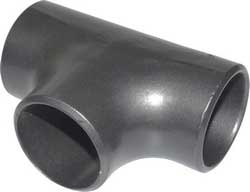
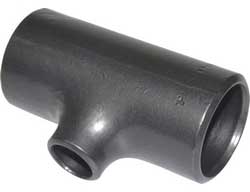
Tee extrusion method (Hot Forming)
The hot-extrusion process consists of enclosing a piece of metal, heated to forging temperature, in a chamber called a "container" having a die at one end with an opening of the shape of the desired finished section, and applying pressure to the metal through the opposite end of the container. The metal is forced through the opening, the shape of which it assumes in cross-section, as the metal flows plastically under the great pressures used.
Tees using raw material with a bigger diameter than the finished product, the branch outlet is extruded from pipe while the main body is being pressed. The outlet's wall thickness can also be adjusted as needed. Applied to Tees with large diameters, heavy wall thickness and/or special material with challenging workability that cannot be manufactured using the hydraulic bulge method.
Step 1
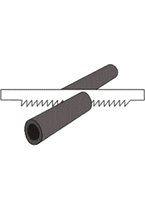
Step 2
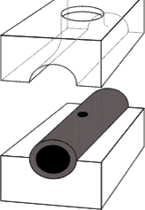
Step 3
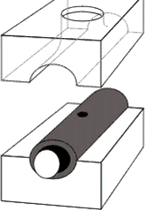
Step 4
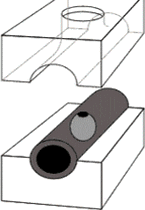
Step 5
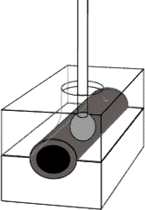
Step 6
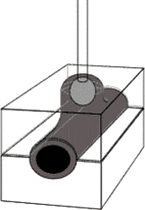
Step 7
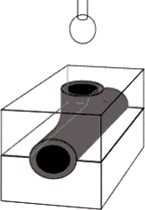
Step 8
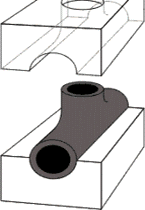
Post-processing/finishing
Step 10
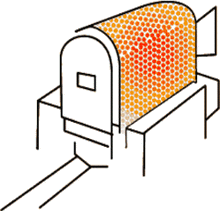
Step 11
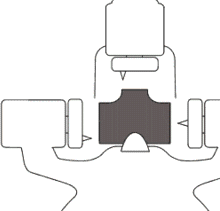
Step 12
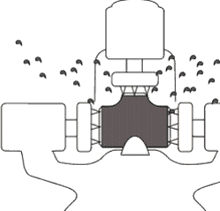
Result
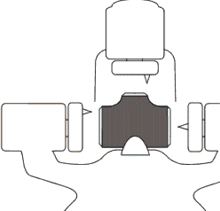
All the steps mentioned above give a brief explanation (the basic principle) about hot forming Tees by the extrusion method. Many more steps are needed, but hopefully the pictures give a good description.
References..
Benkan Japan KK
G. Dieter.. Mechanical Metallurgy, 2nd Ed.
Making, Shaping and Treating of Steel.
Kurt Lange.. Hand Book of Metal Forming. SME.